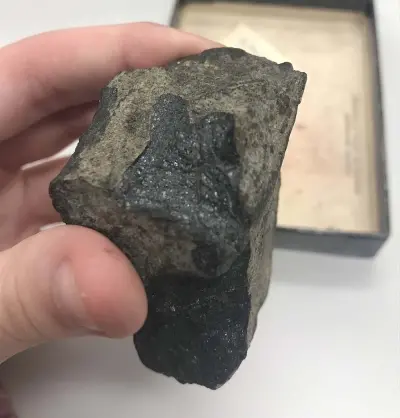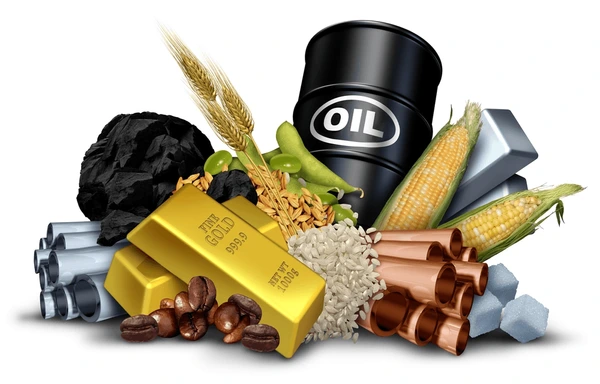The main reason for this crude extracted export performance is that the processing and production of chromium steel requires advanced processing and equipment that requires high investment and special technical and technological knowledge

Several countries in West asia possess notable Chromite deposits. Turkey, for instance, hosts chromite deposits primarily within the ophiolite complexes of its western and southeastern regions. These complexes, remnants of oceanic crust and upper mantle, contain abundant chromite ores. Muğla, Eskişehir, and Erzurum are among the regions in Turkey that boast significant chromite deposits, varying in size and quality but generally of high-grade. Turkey is recognized as one of the world's leading chromite producers, with a well-developed mining industry encompassing both open-pit and underground operations.
Iran, too, possesses chromite deposits associated with ophiolitic complexes in its northeastern and southeastern parts. These complexes are part of the mineral-rich Alpine-Himalayan orogenic belt. Noteworthy chromite deposits are found in areas such as Faryab in Kerman Province and Neyriz in Fars Province. Iran's chromite mining industry contributes substantially to both domestic consumption and exports. Another country with significant chromite deposits is Oman, where they are part of the Semail Ophiolite, one of the world's largest and best-preserved ophiolite complexes. The northern part of Oman, particularly around Sohar and the Al Batinah region, is the main area for chromite mining. Oman has been actively developing its chromite mining sector, focusing on beneficiation and processing to enhance the value of the raw ore.
In West Asia significant mineral resources and reserves of chromite exists. Oman is one of the most important producers of chromite ore in West Asia. Important areas such as Wadi Masoom and Al-Fajr in Oman have significant reserves of chromite. Turkey also has significant mineral resources of chromite. Areas such as Bordor and Artowind region in Turkey have significant reserves of chromite ore. Iran and Iraq also have significant chromite resources. The Middle east is known as a very complex geological region. Many Rock masses in this region have not provided optimal conditions for the formation of chromite deposits due to complex geographical and geological processes. This issue can reduce the mineral reserves of chromite in the Middle East.
The development and exploitation of mineral reserves requires heavy investment and proper infrastructure. Some West asian countries have not been able to fully extract and exploit the chromite reserves in this region due to economic limitations, technology and capital requirements. In some countries, West Asia has significant reserves of other mineral resources such as oil, natural gas and phosphate. Therefore, focusing on the extraction and exploitation of these other mineral resources may have reduced the concentration and investment in the chromite mining industry. Chromite extraction and processing can lead to environmental pollution. Some West Asian countries have limited the production and exploitation of chromite resources due to environmental concerns and possible negative effects on the natural environment.
Several countries in the Middle East have advanced technology and equipment to extract and process chrome Metal from chromite ore. Türkiye is one of the leading countries in chrome metal processing. The country is one of the largest producers of chromium Steel in the world and has a strong steel industry. Advanced technologies are used to extract and process chrome in Turkey. Oman also has advanced technology and equipment for chrome mining and processing. This country is the largest producer of chromite in the Middle East and uses advanced equipment to mine and process it. Iran has also made progress in the field of chrome extraction and processing technology. Despite having significant reserves of chromite, Iran uses modern technologies to extract and process it.
Major chromite ore producers in the Middle East export chromite ore to other countries for processing. The main reason for this crude extracted export performance is that the processing and production of chromium steel requires advanced processing and equipment that requires high investment and special technical and technological knowledge. For example, countries such as China, Turkey, and India, which have strong steel industries, import chromite ore and process it to produce chromium steel. After processing, chromium steel products are sold domestically and sometimes exported to domestic and international markets.
The economic and strategic importance of chromite cannot be overstated. Its primary industrial use lies in the production of ferrochrome, which imparts corrosion resistance and desirable properties to stainless steel and other alloys. The mining and processing of chromite significantly contribute to the economies of Turkey, Iran, and Oman, generating employment opportunities and fostering industrial growth. As a strategically vital industrial mineral, chromite plays a key role in the metallurgical and manufacturing sectors of these countries.
However, the chromite mining sector is not without challenges and opportunities. Mining activities can have adverse environmental impacts, including habitat destruction, water pollution, and soil erosion. Therefore, sustainable mining practices are crucial to mitigate these effects. Technological advancements in mining and processing can also contribute to improving efficiency and reducing the environmental footprint of chromite mining. Furthermore, market dynamics driven by global demand for stainless steel and other chromite-based products influence mining activities and investments in West Asia.












